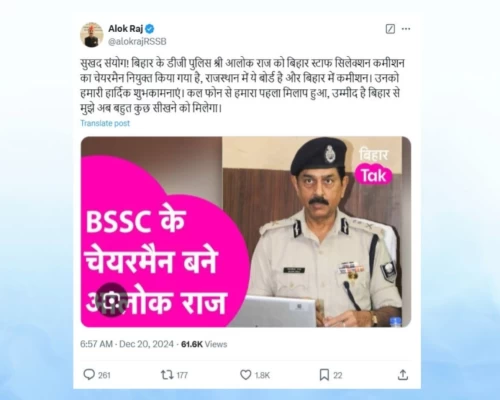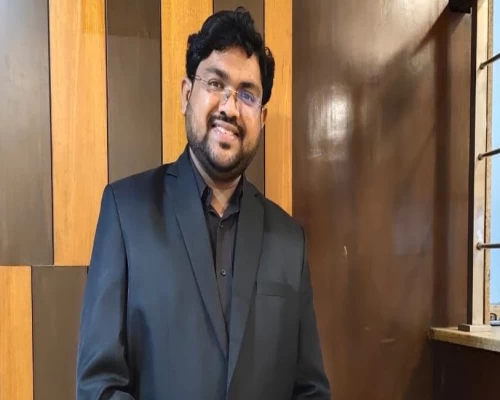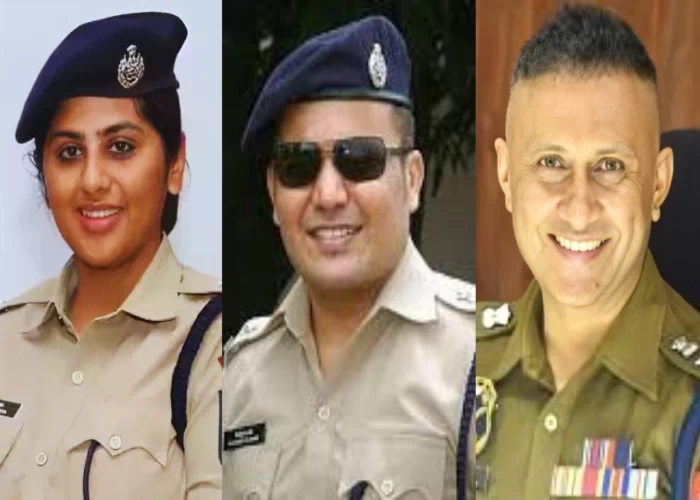
New Delhi: The Indian Police Service (IPS) has long been a symbol of prestige, power, and public service. However, a growing trend of young officers resigning from the service within a few years of joining raises pressing questions about the pressures and realities of the job. The latest in this line is Kamya Mishra, known as Bihar’s ‘Lady Singham,’ who resigned at the age of 28 after an impressive but short-lived career.
Kamya's exit follows that of another Bihar cadre officer, Shivdeep Wamanrao Lande, who stepped down in September 2024, and Assam-Meghalaya cadre officer Anand Mishra, who resigned in December 2023. Both had earned reputations as tough, no-nonsense officers, often celebrated in the media for their ‘Singham-like’ policing style. But is this kind of high visibility and early stardom proving to be more of a burden than a boon?
The age of social media has transformed governance, making young bureaucrats overnight celebrities. Kamya, much like her predecessors, was portrayed as a fearless officer taking on crime with remarkable efficiency. But the limelight, once dazzling, can quickly become suffocating. The public, media, and even political pressures often set expectations that are nearly impossible to sustain.
The ‘Singham’ image, while good for headlines, can be a double-edged sword. Officers who are lionized early in their careers are often subjected to extraordinary expectations, not just in law enforcement but in their personal conduct, administrative decisions, and even their career paths.
While the resignations have been attributed to personal reasons including family obligations, business ventures, or a desire for ‘freedom and independence’, the larger systemic issues cannot be ignored. Policing in India is not merely about upholding the law; it involves navigating political pressures, bureaucratic red tape, and a public that can turn from adoration to scrutiny in an instant.
Young officers often find themselves in high-stakes environments with limited room for maneuver. Transfers, suspensions, and political interferences are frequent realities, making it difficult for idealistic officers to sustain their enthusiasm. The relentless demands of the job, coupled with a lack of institutional support, make burnout inevitable for many.
A high rate of resignations among young officers is a cause for concern. These are individuals who have dedicated years to clearing one of the toughest exams in the world, only to leave within a few years. Their exit represents a loss of trained talent and institutional memory, ultimately affecting the efficiency of law enforcement.
Moreover, it highlights the need for reform in how officers are supported, mentored, and retained in the system. Can a more balanced approach - one that allows young officers to grow without overwhelming them with unrealistic expectations - be devised? Or is the bureaucracy itself in need of an overhaul to ensure it remains an attractive and sustainable career path?
The cases of Kamya Mishra, Anand Mishra, and Shivdeep Lande indicate we all must introspect: Is it the pressures of the job, political interference, or the unrealistic public persona that forces these officers to step away?
If India wants to retain its brightest minds in public service, it must ensure that the service itself is conducive to long-term careers, rather than one that chews up young talent and forces them to seek fulfillment elsewhere.




 (2) (1)_500_x_400.webp)


_500_x_400.webp)

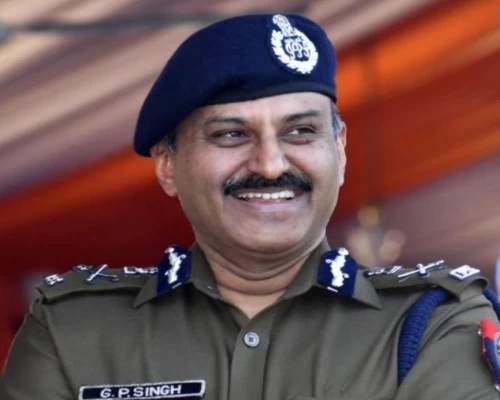
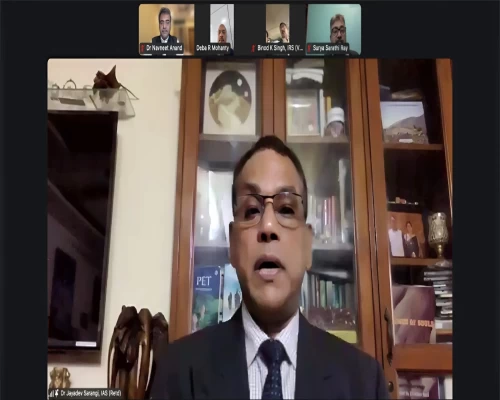
_500_x_400.webp)
